With searches for discolouration serums up over 100% over the past six months and a massive spike happening this August, how to treat hyperpigmentation and sun spots is one of summer’s most commonly asked skincare questions.
That’s not surprising considering that hyperpigmentation – characterised as uneven, dark spots or patches on your skin – is commonly triggered by prolonged sun exposure, as well as by hormonal changes and skin inflammation. The troublesome marks – which unfortunately can be quite stubborn to treat – can occur all over the body, but are particularly prone across the nose, cheeks and forehead, making your skin look uneven, blemished and dull.
To help you keep your skin bright and evenly-toned throughout the year, we spoke to leading skin experts to discuss the different types of hyperpigmentation, why it can be so tricky to treat, and the tried-and-tested skincare recommendations that can help you tackle it.
What is hyperpigmentation?
“Hyperpigmentation is due to an increased amount of melanin being produced within the skin that causes dark spots or patches to appear on the skin’s surface,” says the consultant dermatologist at Skin + Me, Dr. Malvina Cunningham. “It is a common problem and can be triggered by a number of underlying skin conditions.”
Sun exposure is a common cause of hyperpigmentation as the sun’s UV rays trigger your body to increase its production of melanin (pigment). This is primarily to protect your skin, but the side effect can often be these uneven patches of pigment. Other triggers for hyperpigmentation include hormonal changes and inflammation – although the mechanism is less understood – with the condition being overwhelmingly more common in women.
The colour of hyperpigmentation patches can also differ slightly depending on your skin tone, with light brown or red marks more common in lighter complexions, and darker brown or grey marks prevalent in Black skin. What is universal is that hyperpigmentation can make your skin tone look noticeably uneven, but hyperpigmentation in Black skin can be harder to treat, as the patches can take longer to fade.
What are the most common types of hyperpigmentation?
There are three main types: sun spots, melasma, and post-inflammatory hyperpigmentation.
Sun spots
Also known as solar lentigos, age spots and liver spots, ‘sun spots’ are primarily caused by sun exposure. They appear as flat brown spots on the skin, and are most commonly found on areas that are frequently exposed to the sun, such as the nose, cheeks, chest and the back of your hands.
Sun spots can be a particular cosmetic concern after the summer as they make your skin tone look uneven and dull, but you should also keep an eye on them for medical reasons. “While most sunspots are harmless, they may occasionally change into precancerous or even cancerous lesions,” warns Dr. Cunningham. “If you notice a spot that stands out compared to others with an irregular shape, varied colours or changing size, see your GP to have it checked out.”
Melasma
Also known as ‘pregnancy mask’, melasma is the most common type of hyperpigmentation, associated with hormonal fluctuations. Despite affecting up to 25 per cent of pregnant women, and also some of those experiencing menopause, “the exact cause of melasma is as yet unknown, but we do know that hormones and ultraviolet (UV) light (from the sun’s rays) play an important role,” reveals Dr. Cunningham. You can normally identify melasma as brown or greyish patches across your face, neck and arms.
PIH
A sub-category of hyperpigmentation – post-inflammatory hyperpigmentation (PIH) is caused by skin conditions such as acne, eczema and psoriasis. These conditions cause inflammation in the skin, which can act as another trigger for increases in melanin production. What this means is that when your breakouts heal, you may notice the redness gives way to characteristic dark marks over the site where they occurred. This is known as PIH.
What can you do to avoid sun spots and hyperpigmentation?
It might be a little late if you are reading this after finding hints of hyperpigmentation on your skin, but prevention really is better than cure. At the heart of that prevention is sun safety, which has the bonus of helping not only prevent sun spots and dark marks, but also burning, premature ageing and skin cancer too.
“Wear a high SPF every day to prevent sun damage and further pigmentation from appearing,” advises the aesthetic doctor Dr. Ahmed El Muntasar. “The best prevention is using high grade SPF that protects you from UVA and UVB.”
Alongside SPF, it is widely recommended to wear protective clothing such as hats, sunglasses, and cover-ups while in the sun, while also limiting sun exposure in general, especially during the hottest parts of the day. Some lifestyle adjustments can be helpful too, including resisting the urge to pick at breakouts as this can trigger PIH, and avoiding fiddling with existing hyperpigmentation as this can make it worse. Finally, staying hydrated and eating an antioxidant-rich diet, filled with fruits and vegetables, is always beneficial, as such behaviours boost your skin’s natural protection against pigmentation issues.
What skincare ingredients can help tackle hyperpigmentation?
Hyperpigmentation isn’t a skin concern that you can just vanish overnight. However, for the swiftest results, tretinoin and hydroquinone are both dermatologist-recommended. Both require a prescription due to their strength, but services such as Skin + Me, Dermatica, and Get Harley are now simplifying that process.
Specifically, tretinoin is a Vitamin A derivative; a prescription-strength retinoid that boosts cell turnover, resulting in the sloughing off of dull, dead skin cells to reveal new non-sun damaged skin underneath. Hydroquinone is a dark mark-reducing and skin brightening ingredient that produces its effect by inhibiting an enzyme needed for melanin production. For that reason, it is sometimes controversially marketed as a ‘skin bleacher’, so Black individuals especially should only use it for short periods, and always under consultation from a doctor.
On the high-street, you’re likely to find the products are impressive but tend to take longer to work as they focus on overall skin brightening. As well as chemical exfoliants like AHAs, such as lactic acid and glycolic acid, which can be used as weekly at-home peels, the ingredients to look out for include niacinamide, vitamin C and azelaic acid, which you’ll often find parcelled together to maximise results. High-street retinoids, including retinol, are also effective as they are in the same family as tretinoin – they are just less potent.
What other skincare can be helpful for hyperpigmentation?
It’s a mistake to only focus on brightening your complexion when it comes to hyperpigmentation. In fact, as the team behind Caroline Hiron’s best-selling Skin Rocks range explains, you should “treat your skin with care because a compromised skin barrier can lead to hyperpigmentation.”
“That means keeping your skin hydrated using a suitable moisturiser to maintain your skin’s natural barrier function, while also avoiding stripping cleansers that can actually exacerbate pigmentation issues,” advises the European board-certified plastic surgeon and founder of Badge Clinic, Burak Ersoy. He also recommends – however hard it can be – to be patient and consistent with your skincare routine, as aiming for gradual improvements in pigmented areas tends to provide the best long-lasting results.
What skincare products are highly recommended?
What do I need to be careful about when tackling hyperpigmentation?
It’s important to remember that many of the ingredients that directly tackle hyperpigmentation – by exfoliating or increasing cell turnover – are also the ones that can make your skin more sun sensitive. That means sun protection is an absolute must if you don’t want to accidentally make your hyperpigmentation worse.
At the same time, a gentle approach is always better, but especially for Black skin, as the dermatologist and founder of 4.5.6 Skin explains: “Inflammation in melanin-rich complexions can actually worsen hyperpigmentation, so mechanical exfoliation and chemical acids should be approached cautiously,” with usage built up slowly if your skin does not react.
What treatments can help with hyperpigmentation?
Sometimes, topical at-home skincare won’t be enough to completely clear hyperpigmentation. If this is the case, there are a wealth of in-clinic treatments on offer – just make sure to choose a well-trained practitioner who has plenty of experience working with your skin type and medical history.
Our recommendations: chemical peels are particularly effective for large patches of dark spots; micro-needling can target specific areas with precision; and laser therapy makes light work of stubborn hyperpigmentation.
We may earn a commission if you buy something from any affiliate links on our site.
Lead photo credit: Pexels





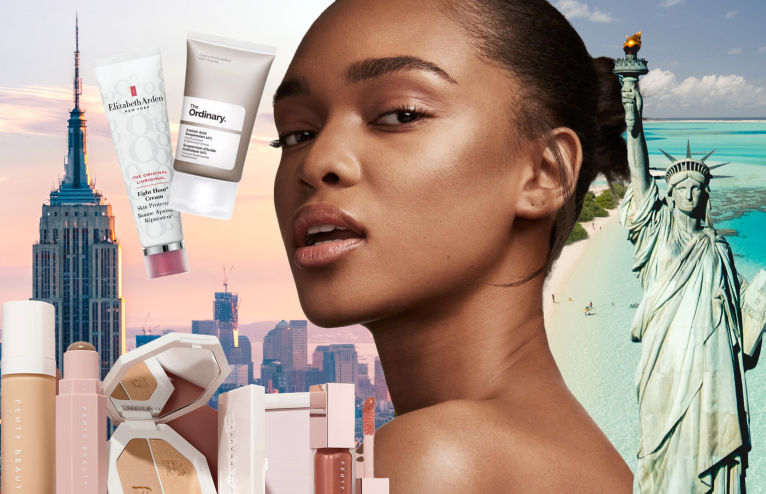













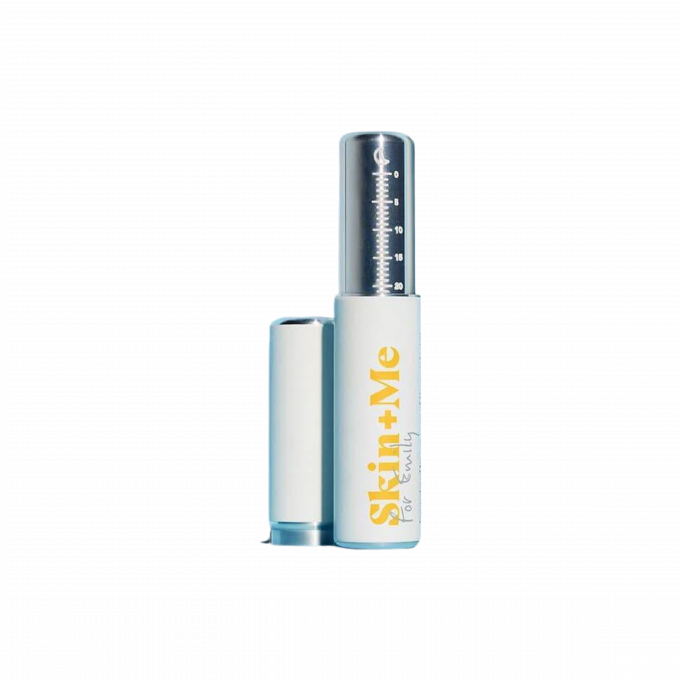
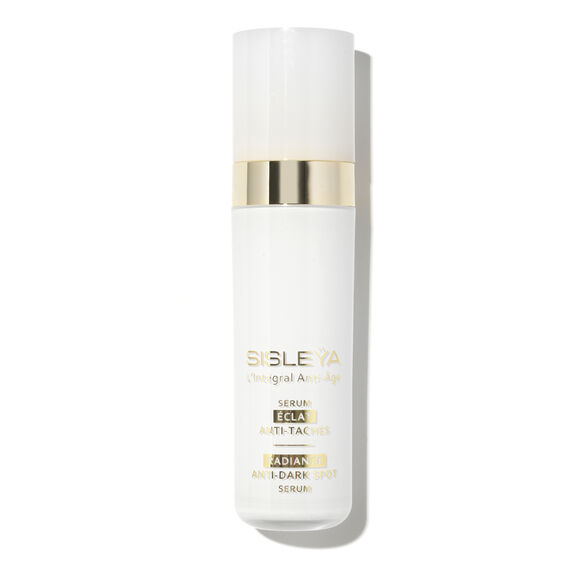
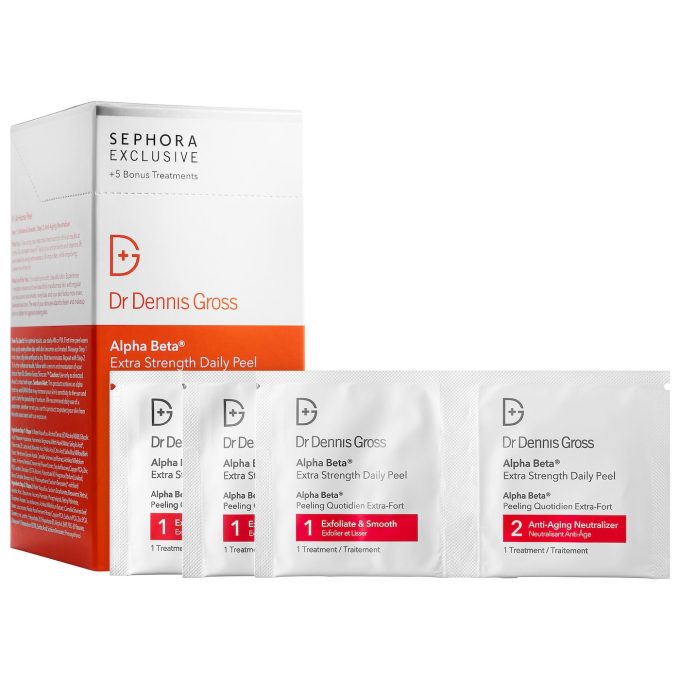
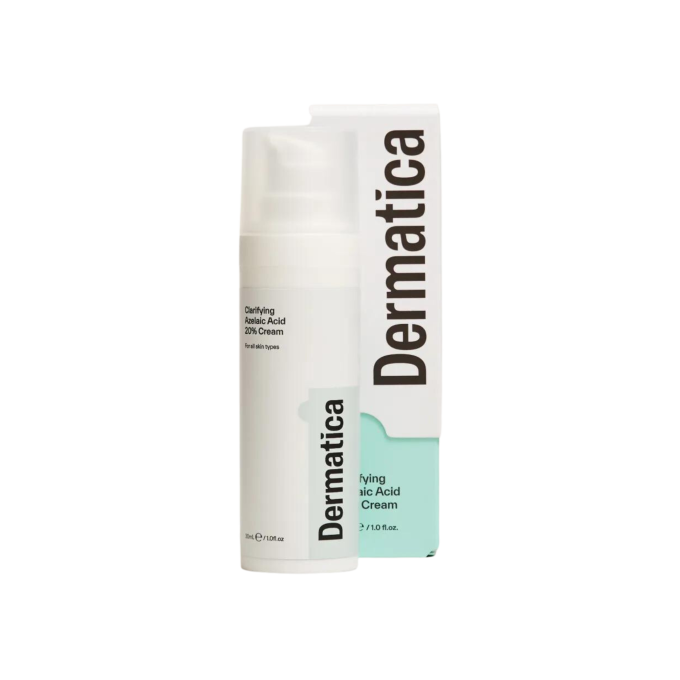
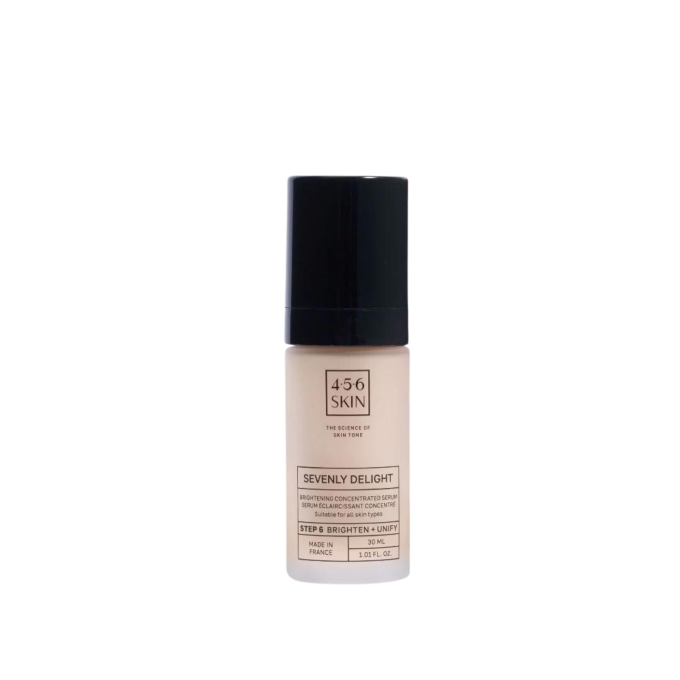

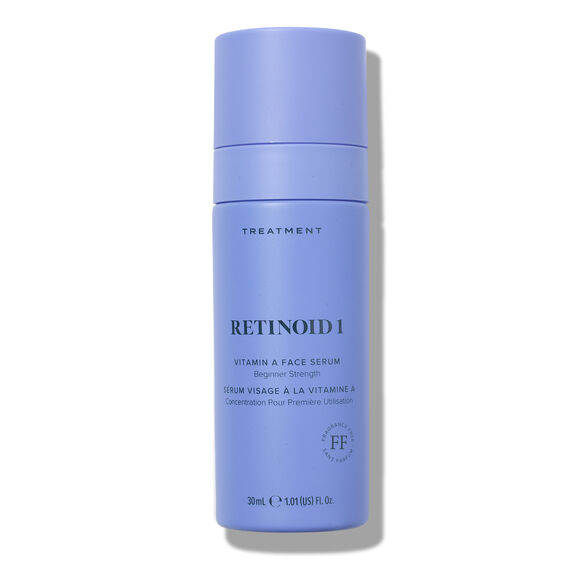
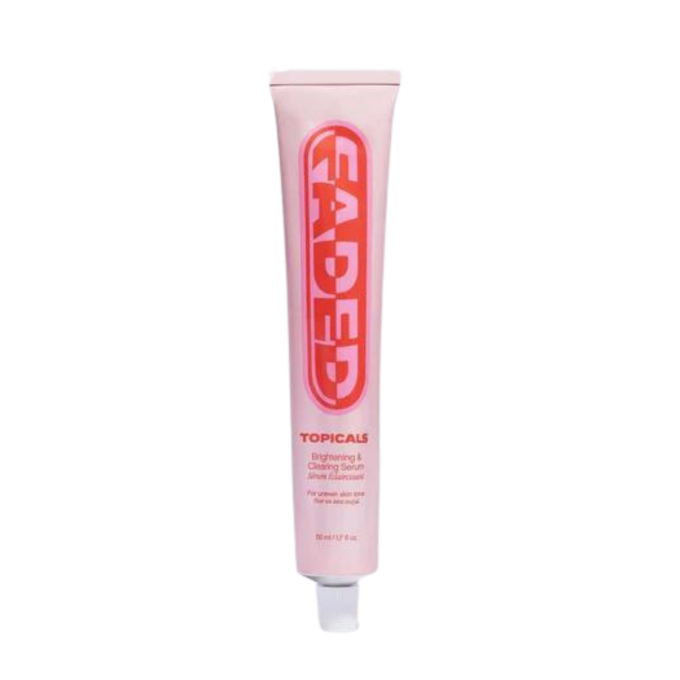
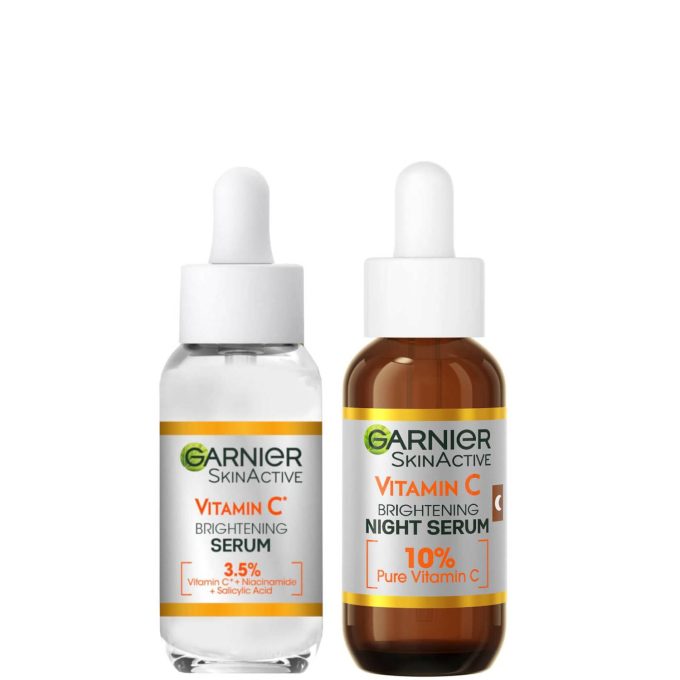
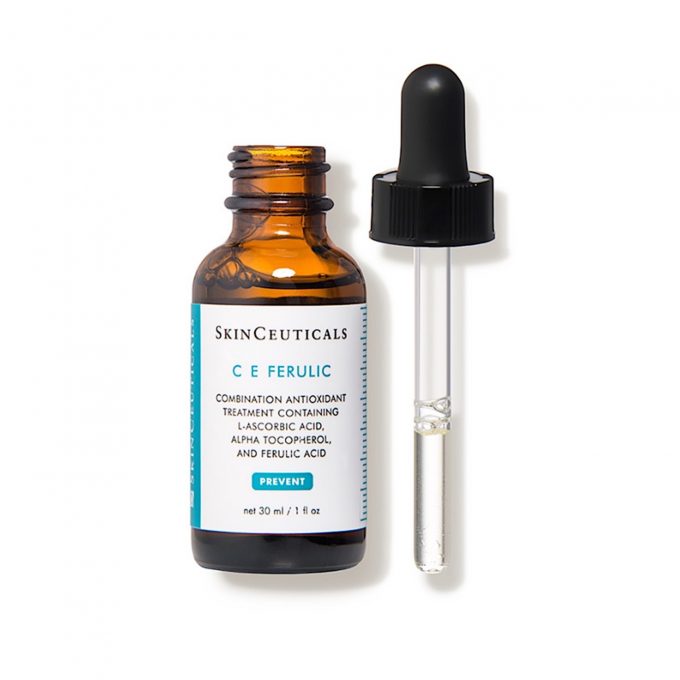
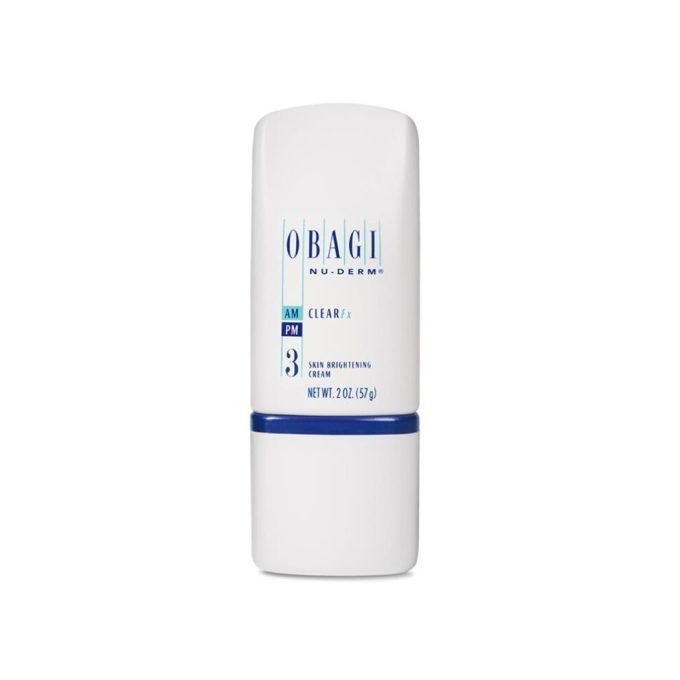


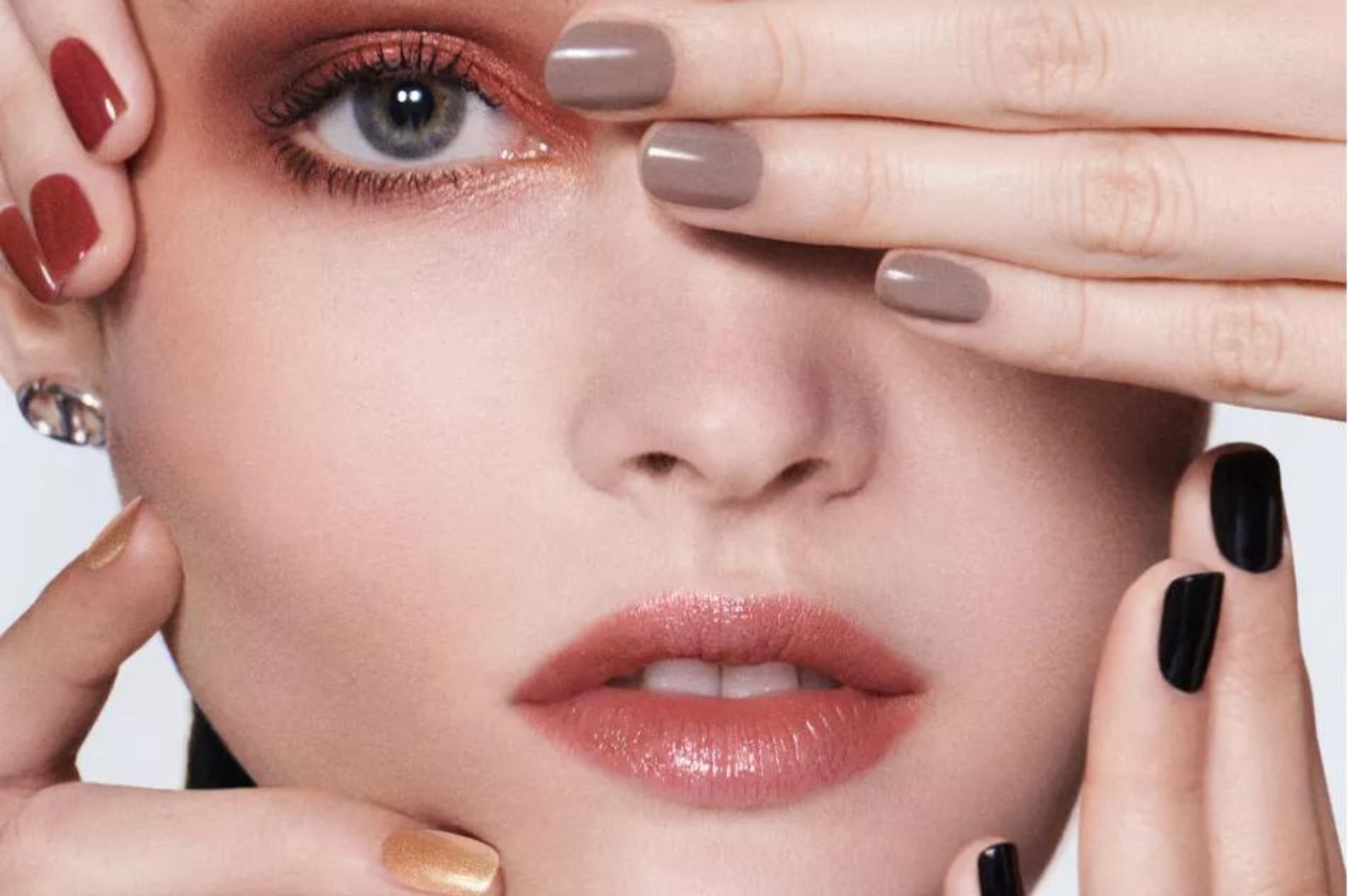

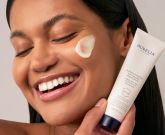

Any Questions or Tips to add?